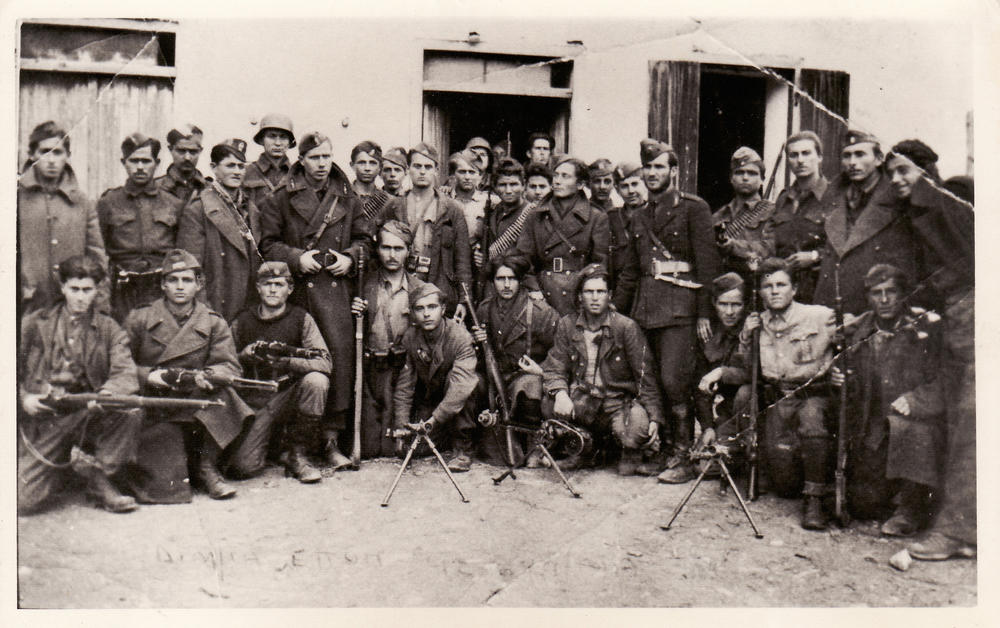Resistance
During the brutal three-year occupation there has been a broad and very active resistance. By far the most important resistance group was the National Liberation Front (EAM) that emerged after months of negotiations between the Greek Communist Party (KKE) and three further small left-wing parties on September 27th 1941.
The EAM quickly became the largest resistance organization and also a serious political player. The organization pursued some directional targets set in their founding convention. The aim was to free the country, to regain sovereignty and to form a transitional government after expelling the occupation forces. The task of this government should be to prepare free elections, so that the Greek people could decide by themselves which form of government they opted for. In February 1942 the Greek People´s Liberation Army ELAS was founded as military wing of the EAM and waged war against the occupying army and its allies.
The National Republican Greek League founded in September 1941 by the former colonel of the Greek army, Napoleon Zervas, is considered to be the second most important resistance organization. Those national units of Greek resistance fighters formed by Zervas in the Epirus Mountains and in Western Greece as the organization´s military wing received political and material support by the British.
In direct contradiction to other European states the resistance in Greece never became part of the “founding myth” and therefore wasn´t part of the national identity, because it was related almost exclusively to the left. Only with the recognition of the EAM as resistance organization in the 1980s this part of history gained access into the national commemorative culture.

